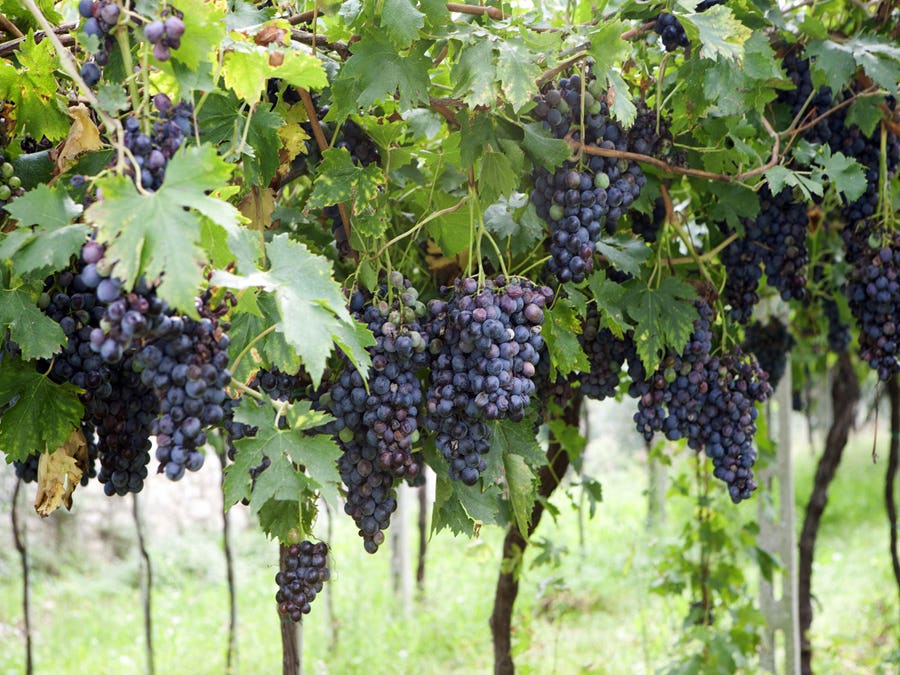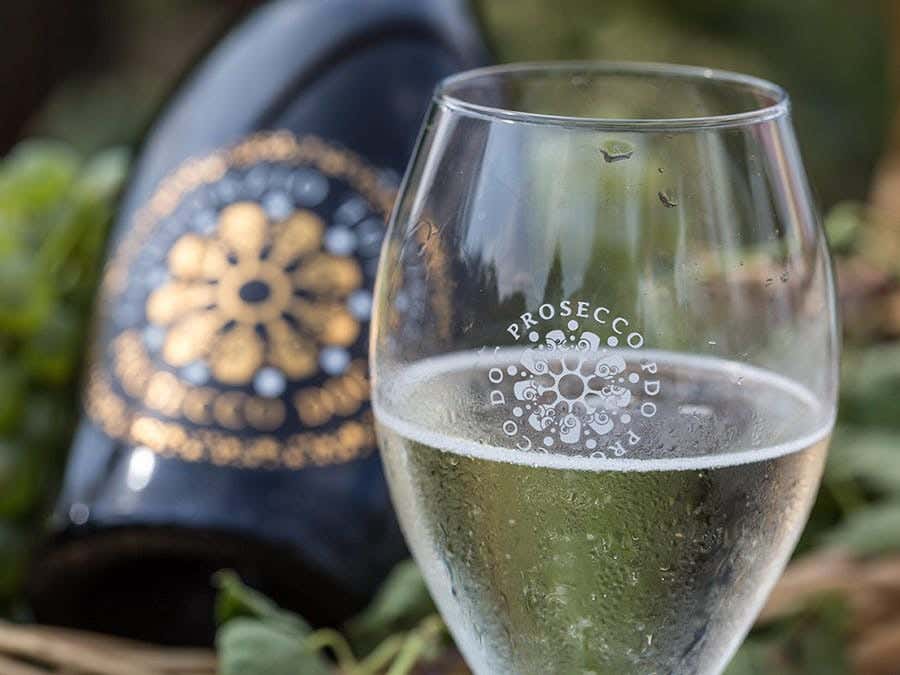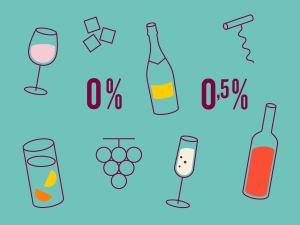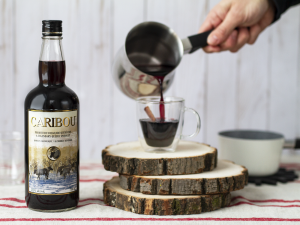According to several wine bibles (including famed Wine Grapes), the name of this seemingly exotic grape comes from corvo, meaning “crow” in Italian, and was inspired by its dark colour. However, the name might also have originated from cruina, a synonym in the local Venetian dialect for crua, the word for an unripe or green fruit. The latter might well hold more proverbial water, since the Corvina is indeed a variety that ripens late.
While the grape is usually associated with Italian appellations Valpolicella and Bardolino, it can also be found in New South Wales, Australia, and in the Tupungato vineyard in Argentina.
Contrary to what you might think, there is no link between Corvina and Corvinone, another local Italian wine variety often associated with Valpolicella.
It’s true that Amarones and other Italian Ripassos are quite full-bodied, dense, and made for cellaring. As this vintage from Montresor winery demonstrates, Corvina—if grapes are first dried, and if they’re vinified alone—reveals a personality that is completely different. It becomes a wine with great suppleness, with a tight tannin structure where stewed fruit, smoke, and cedar are present, as are the spices clove and nutmeg.
Related Posts
-
Read more
SAQ shelves are lined with more than 300 wines and spirits produced abroad and bottled here, a process that has a positive impact on the environment and workforce in the province.
-
Read more
In recent years, Prosecco DOC (Denominazione Di Origine Controllata) sales have dizzying new heights. Read on to learn more about the accessible bubbles adored the world over.
-
Read more
Bubbly’s rising popularity has resulted in a wide variety of bottles to choose from. Here’s a handy guide to finding the one that’s right for you!
 Access to SAQ Inspire personalized services and store inventories are unavailable at the moment.
Access to SAQ Inspire personalized services and store inventories are unavailable at the moment. Free in-store delivery with purchases of $75+ in an estimated 3 to 5 business days.
Free in-store delivery with purchases of $75+ in an estimated 3 to 5 business days. 













